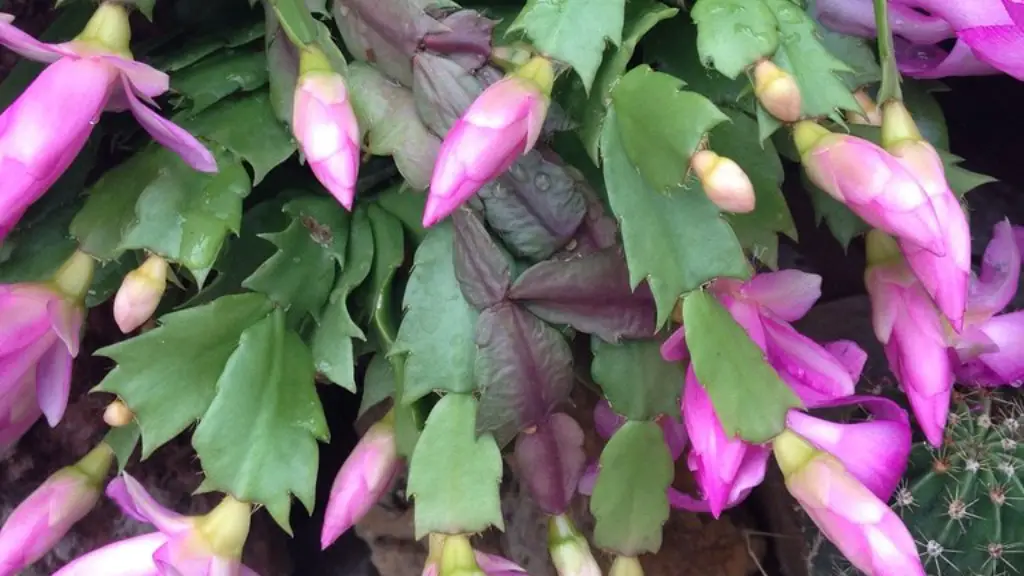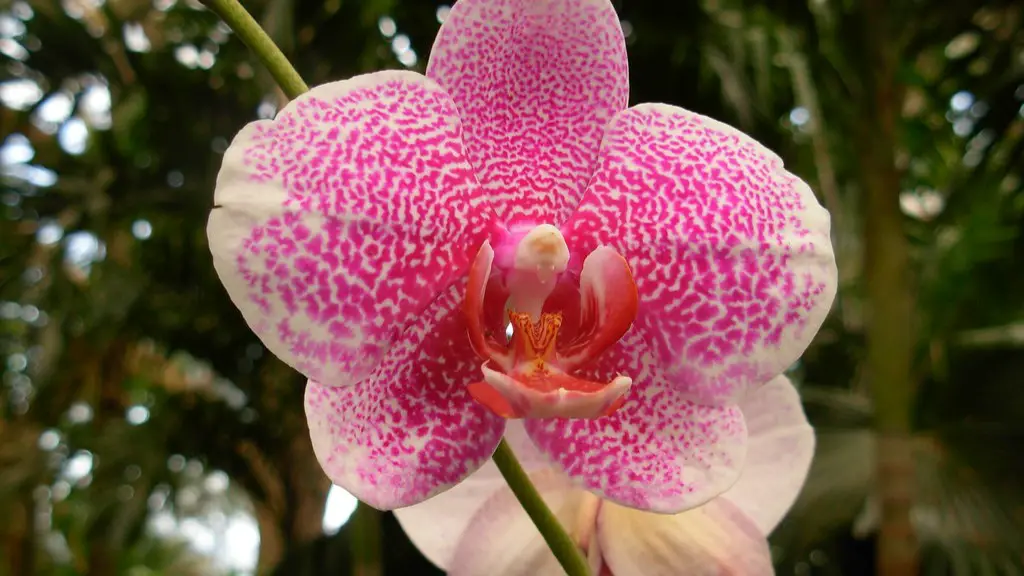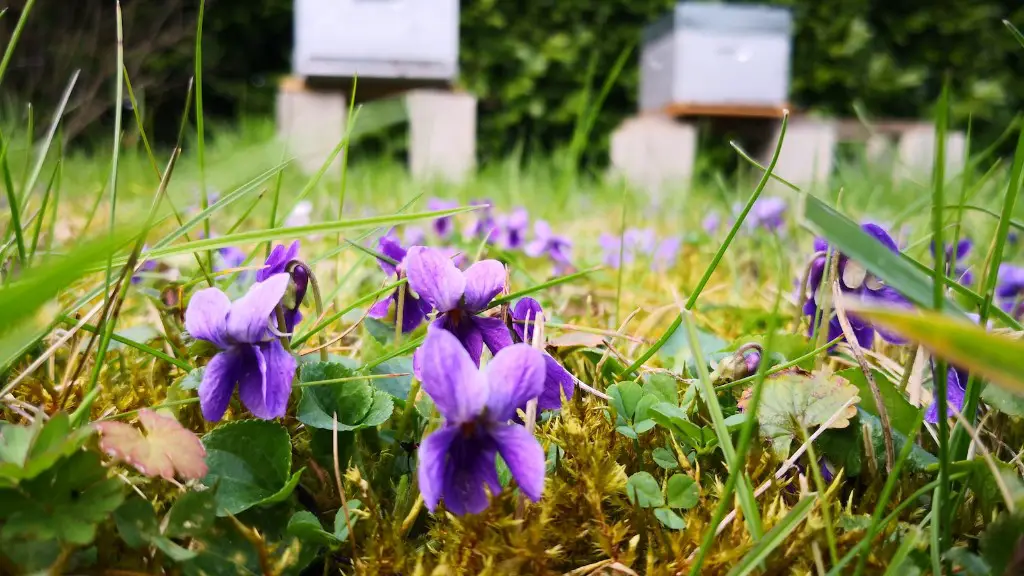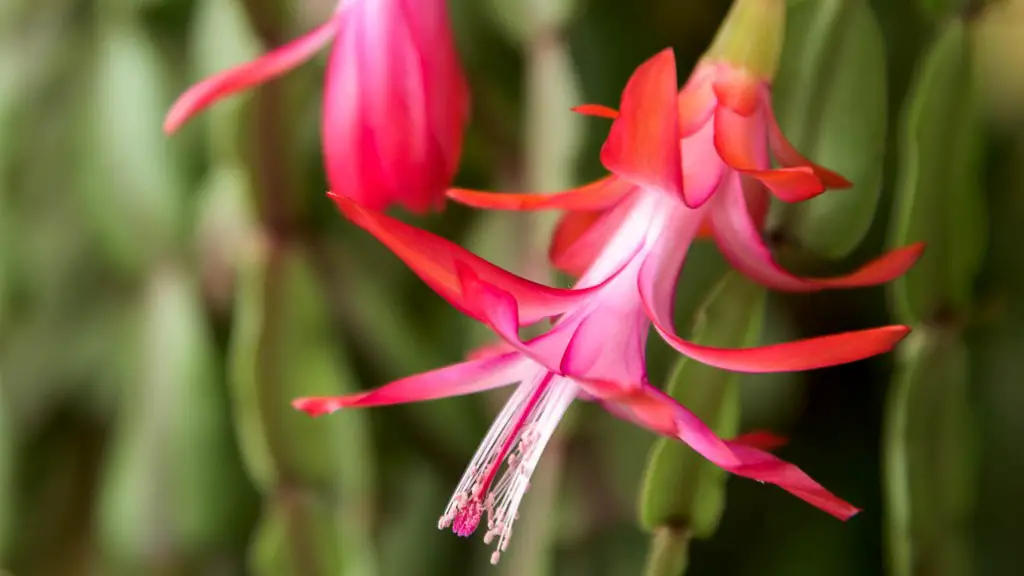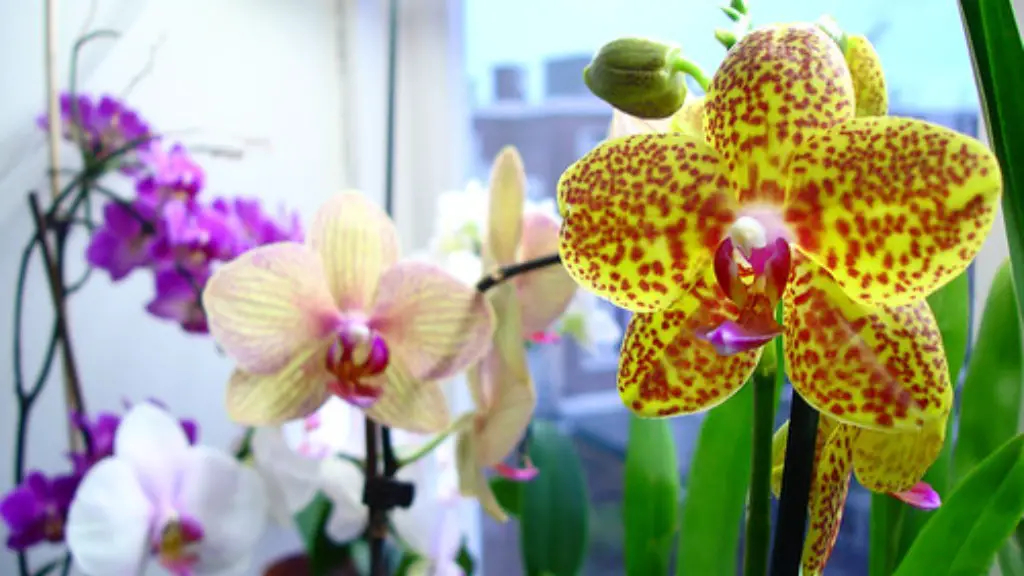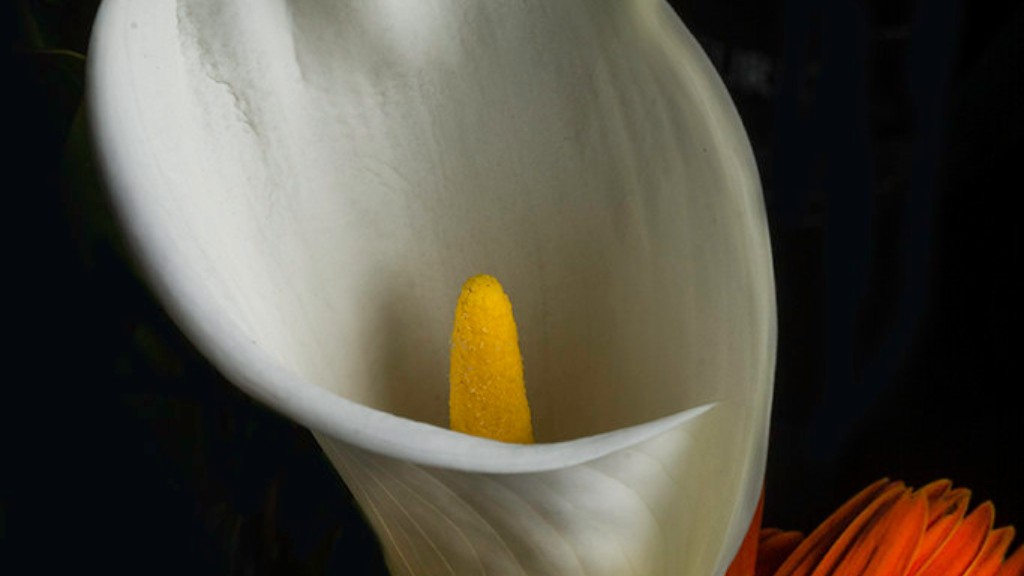Are you wondering how to prune your Christmas cactus? This guide will show you how! Just follow these simple steps and your plant will be looking great in no time.
To prune a Christmas cactus, first remove any dead or dying leaves or stems. Next, cut back any long or leggy stems to create a more compact plant. Finally, cut off any flowers that have faded or are no longer attractive.
When should I cut back my Christmas cactus?
It’s generally best to prune your holiday cactus plants after they finish blooming, up until around June. This will help ensure that your plants stay a healthy size and shape. Feel free to prune as much as you need in order to keep your plants looking their best.
If you want to propagate your Christmas cactus, the stem nodes are the best place to start. Simply take a sharp pair of pruning snips and carefully trim between the stem nodes. You can also twist and bend the nodes until a piece breaks off. I use the snips to avoid damaging the plant.
How do you trim a Christmas cactus
When propagating Christmas cactus, always take cuttings from healthy foliage for best results. Cuttings should consist of at least two or three joined segments, and can be taken from the stem tip.
A Christmas cactus should be trimmed a month after blooming, in order to create a fuller, bushier plant. However, the plant should never be trimmed after late spring. To trim the plant, simply pinch off one or more of the sections. The sections can be replanted in separate pots to create new plants.
What month do you not water Christmas cactus?
The Christmas cactus has a bloom cycle that is dictated by dormancy, water, light, and temperature. In order to encourage blooming, it is important to cut back on the amount of water you give the plant during the late fall months, from October to the middle of November. Allow the top two or three inches of soil to dry out between waterings.
Watering every 2 to 3 weeks is a good plan, but only water when the top one third of soil feels dry to the touch. For example, if the plant is in 6 inches of soil, water when the top 2 inches feel dry.
How do you keep a Christmas cactus bushy?
Pruning an older plant will cause new growth to emerge. The plant will put out new segments wherever you trim. This is a great way to deal with a leggy plant, as it will fill in, making for a bushier, fuller Christmas cactus.
Christmas cacti are native to South America, and they like humid conditions. If your house is dry indoors in winter, put your Christmas cactus on a tray of pebbles, or place it near other plants. Water your Christmas cactus when the top surface feels dry, and never let it sit in water. Christmas cacti prefer daytime temperatures of 65 to 70 degrees, and evening temperatures of 55 to 65 degrees.
Can I spray my Christmas cactus with water
Cacti are a type of plant that does not need much water to survive. Instead of watering it like you would a traditional plant, you should be misting your cactus every day. A few squirts from a spray bottle is all you need to keep your cactus happy. The only time you should be watering the base of the plant is when its soil is completely dry to the touch.
If you’re looking to add a holiday cactus to your home, be sure to place it in a location with partial shade and a temperature between 70 and 80 degrees Fahrenheit. With proper care, your cactus will thrive and bring holiday cheer for years to come!
Do you deadhead a Christmas cactus?
It’s important to deadhead your cacti after the Christmas season to keep them looking their best. This also encourages the plant to continue blooming. Once Christmas is over, you can enjoy your cacti until it finally stops producing flowers.
When watering your Christmas cactus, it is best to do so from the bottom rather than from the top. This method ensures that your plant gets enough water every time, as it will soak into their roots and reach all of them.
How do you force a Christmas cactus to bud
If you want your Christmas cactus to produce flowers, you need to provide it with a cool, environment-short day cycle. To initiate the production of flower buds, there needs to be at least eight days of 16 hours of dark and eight hours of light each day. Wherever the plant is placed, do not turn on the lights at night, even for a short period of time.
If you want to propagate a Christmas cactus, it’s best to take cuttings of one to four segments. Let the cuttings sit in a cool, dry place for two to four days. Then, plant the cuttings an inch deep in new soil. Water the cuttings sparingly until roots or new growth develop. After that, you can water the Christmas cactus as normal.
Does a Christmas cactus like to be root bound?
Holiday cacti do best when they are root bound, but eventually they will get too constricted to stay healthy. If your plant perks up and then wilts again within a few days, or if it does not perk up from watering, try repotting it into a new pot with a drainage hole one size bigger with cactus soil.
To encourage bud set, provide bright light, temperatures between 55 F and 65 F, and 13 hours or more of continuous darkness each day.
Final Words
To prune a Christmas cactus, first sterilize your pruning tools by dipping them in rubbing alcohol. Then, make a clean cut just above a leaf node, angle the cut so that water will run off of it, and avoid leaving a stub. After pruning, water the plant well.
To prune a Christmas cactus, you will need a sharp pair of scissors or pruning shears. Cut off any dead or dying leaves or stems, as well as any leaves or stems that are significantly damaged. Once you have trimmed away the damaged or dead parts of the plant, you can shape the plant by cutting away any excess growth. Be sure to make clean, sharp cuts so that the plant can heal quickly.
